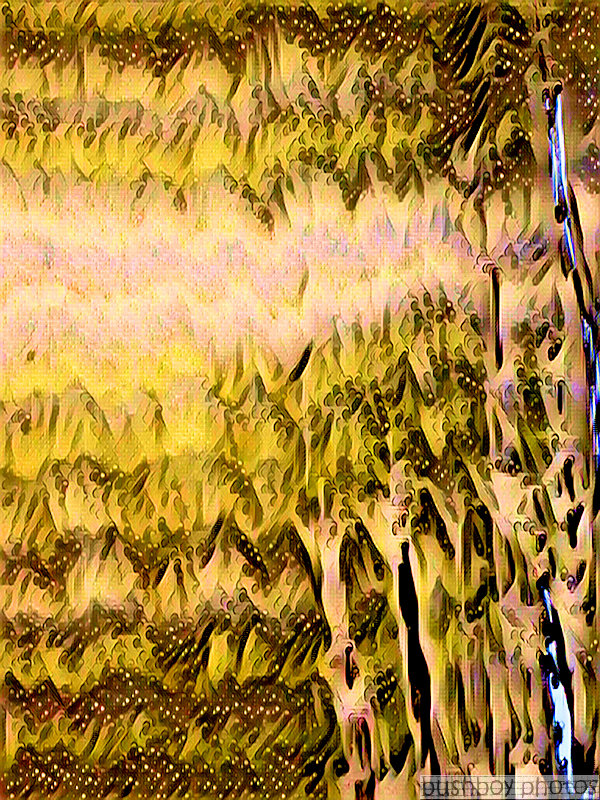Birds of the Week: Invitation LXI
Striated Pardalote’s Pardalotus striatus are here. Not sure if it is a stop over or to check out their nest site. Breeding season is June to January

The Striated Pardalote is found throughout most of Australia, being absent only from the most arid areas. Like other species of pardalotes, it is found only in Australia.

Striated Pardalotes feed in the foliage in the tops of trees, although occasionally coming close to the ground in low shrubs. They eat a wide variety of insects and their larvae, which are usually captured by picking them from the surfaces of leaves. Feeding takes place in small groups and birds maintain contact with soft trills.
This is their repetitive call
REF: http://www.graemechapman.com.au/index.php

During breeding season, Striated Pardalotes form pairs or small groups of up to six birds. The nest is constructed close to the ground, usually in a tree hollow or tunnel, excavated in an earthen bank; small openings in human-made objects are frequently used.
I have a small area near the house which was dug out years ago. The Pardalotes nest in the side of the bank.

Both sexes incubate and care for the young birds. Other members of the group may also help with the feeding of the young.
REF: https://australian.museum/learn/animals/birds/striated-pardalote/







